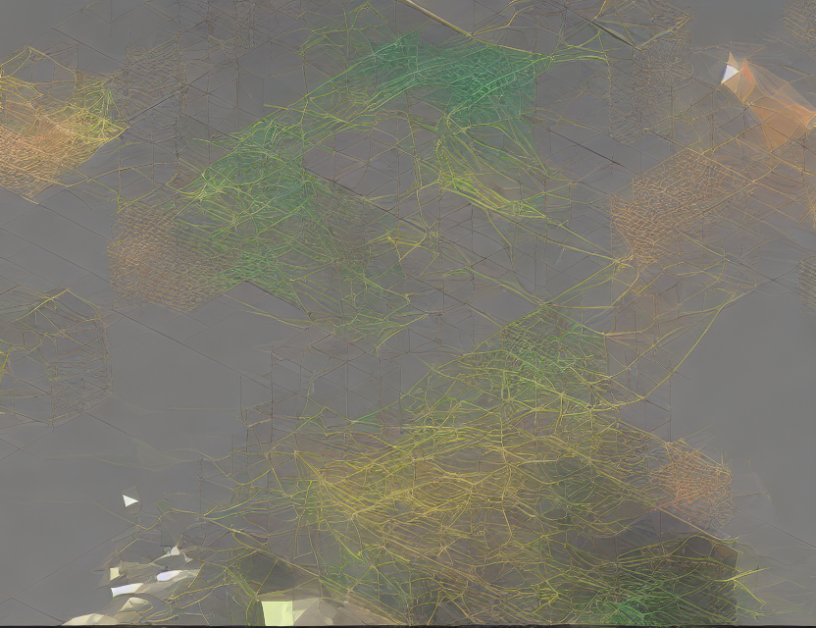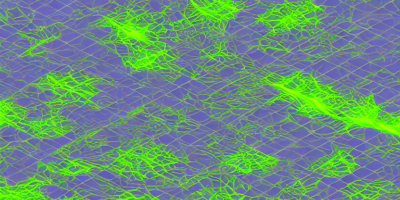Piecewise regression is a generalization of traditional linear or nonlinear regression models, where the data is divided into multiple segments based on some criterion or feature. The goal is to find a functional description of the underlying piecewise signal, which can be used to model and analyze different aspects of the data. Piecewise regression has become increasingly popular in recent years due to its ability to handle complex data sets with multiple changes or discontinuities.
Applications
Piecewise regression has a wide range of applications in various fields, including:
- Time series analysis: Piecewise regression can be used to model time series data that exhibits different patterns or trends at different times.
- Computer vision: Piecewise regression can be applied to image processing tasks, such as segmentation, object recognition, and image compression.
- Bioinformatics: Piecewise regression can be used to analyze gene expression data, where different segments of the data may correspond to different cell types or developmental stages.
- Economics: Piecewise regression can be applied to economic data, such as GDP growth, inflation, or unemployment rates, to model different phases of economic activity.
Techniques for Segmented Data Analysis
There are several techniques used to analyze segmented data, including:
- Partition-based penalized regression: This approach involves dividing the data into segments and fitting a penalty function to each segment to control the complexity of the model. The penalty function is typically a combination of the L1 and L2 regularization terms.
- Local linear regression: This technique involves fitting a linear model to small local regions of the data, allowing for flexibility in modeling different patterns within each segment.
- Bayesian piecewise regression: This approach involves using a Bayesian framework to model the piecewise regression problem, allowing for uncertainty in the parameters and incorporating prior knowledge into the analysis.
Conclusion
Piecewise regression is a powerful technique used to model complex data sets that are divided into distinct segments or sub-parts. By fitting multiple regression models to different segments of the data, piecewise regression allows for flexibility in modeling different patterns and trends within each segment. This approach has applications in various fields, including time series analysis, computer vision, bioinformatics, and economics. There are several techniques used to analyze segmented data, including partition-based penalized regression, local linear regression, and Bayesian piecewise regression. By using piecewise regression, researchers can gain insights into the underlying structure of complex data sets and make more accurate predictions in different scenarios.



